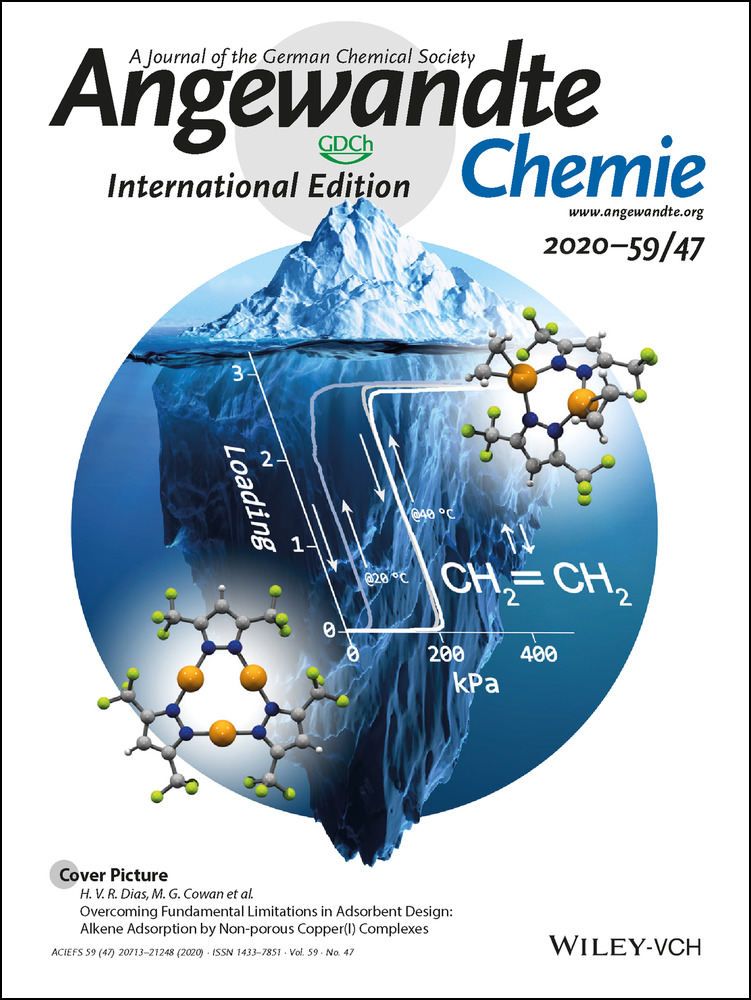Enantiospecific Solid Solution Formation Triggers the Propagation of Homochirality
Graphical Abstract
An enantiomerically pure additive can direct chiral symmetry breaking towards opposite outcomes, depending on the relative contributions of kinetic and thermodynamic processes. Kinetic growth inhibition directs symmetry breaking towards the enantiomer of the opposite configuration to the additive, whereas thermodynamic solid solution formation favors the same absolute configuration, thus offering a mechanism for the propagation of homochirality.
Abstract
Propagation of homochirality plays a crucial role in the discussion on the origin of life. We investigated the role of structurally related enantiopure additives in chiral symmetry breaking during reactive crystallizations. We demonstrate that symmetry breaking can be driven towards the same absolute configuration as the additive if this additive forms an enantiospecific solid solution with the racemate. We observe two antagonistic processes: enantiospecific growth inhibition directs symmetry breaking to the opposite enantiomer following “the rule of reversal”, and enantiospecific solid solution formation that favors homochiral outcome. During continuous grinding, contributions of solid solution formation override contributions of enantiospecific growth inhibition, directing the process towards the absolute configuration of the additive. Collectively, our findings offer a potential mechanism for the propagation of homochirality.





